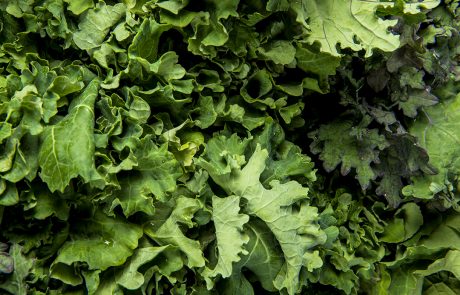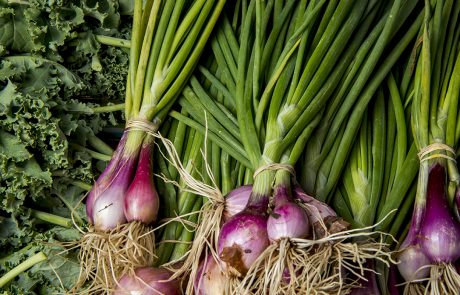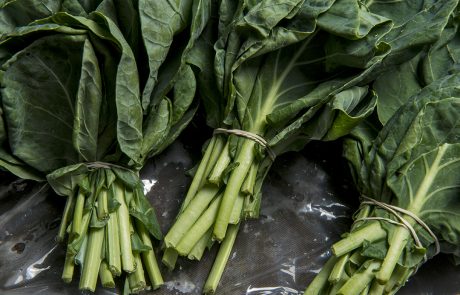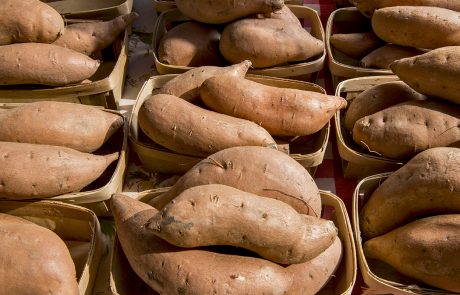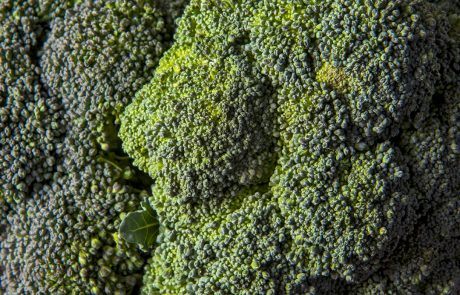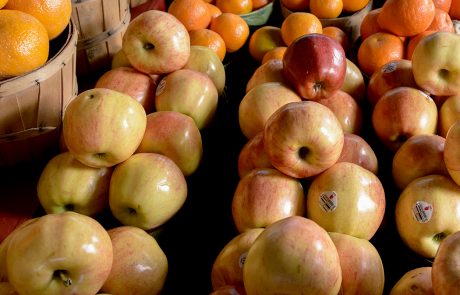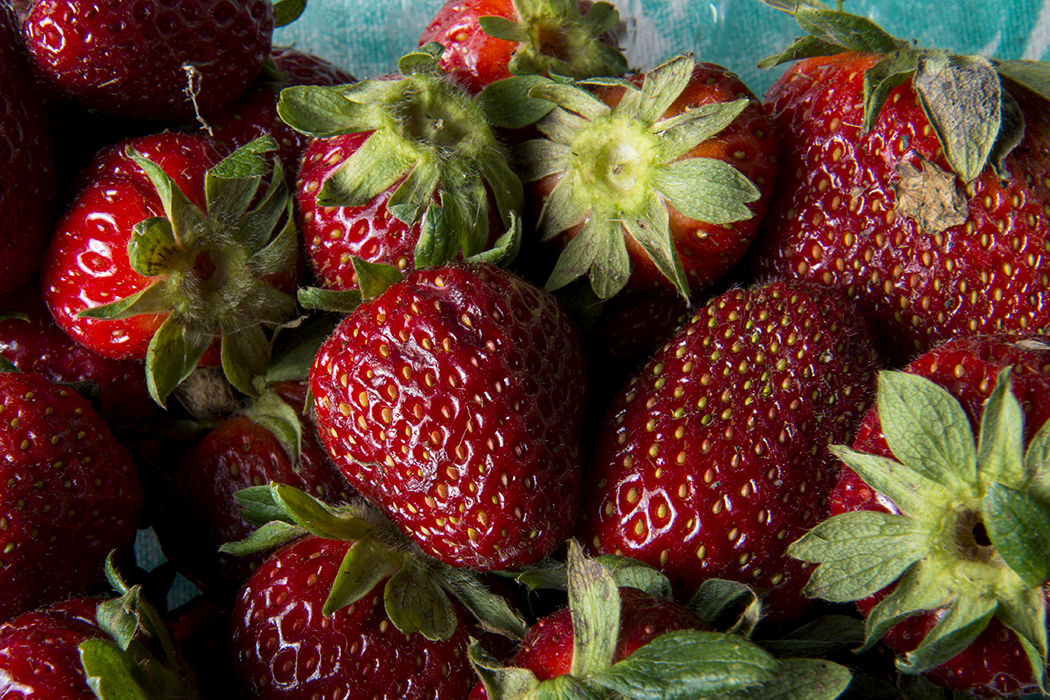
Photo by Danny Fulgencio.
The White Rock Farmers Market makes eating local a snap with plenty of fresh greens, meats, cheeses and hand-crafted foods. More than 40 vendors serve thousands of neighbors each Saturday at Lake Pointe Church on Garland Road. Providing affordable, high-quality produce to low-income families just got easier with a double-dollar incentive program for Supplemental Nutrition Assistance Program users. The “Eating Local is a SNAP” program is an initiative market organizers hope will increase the overall health of the community, encourage more purchases at the market and boost the local economy. Got questions? Here’s everything you need to know.
What is a double-dollar matching program?
A double-dollar matching program doubles the value that SNAP users spend at the market. If a customer plans to spend $20, the White Rock Farmers Market will match up to an additional $20. “If somebody comes to the market with $20, we’ll give them $40 to spend on fruits and vegetables,” market manager Casey Cutler says.
How does it work?
SNAP users who want to take advantage of the program should go to the information booth and exchange their cash for tokens, which are used to purchase items at the market. Cashiers will double customers’ tokens. At the end of the day, farmers will exchange their tokens for cash.
What items qualify for the program?
Double-dollar incentives can be used only on produce, such as fruits and vegetables, Cutler says. Other SNAP benefits can be applied more broadly to any product that can be taken home and cooked, such as meat, eggs and milk.
Who’s paying for this?
Funding for the initiative comes from a $60,000 grant from the Moody Foundation in Houston, where the organization has helped launch a similar program. About $10,000 of the grant is earmarked for SNAP benefits. “The Moody Foundation has seen this program and knows that it works,” Cutler says.
What about next year?
“Eating Local is a SNAP” is essentially a pilot program so market organizers can collect data to show that the program is necessary and successful. A positive result could help secure a U.S. Department of Agriculture grant the following year. The three-year grant, which can range up to $200,000, could help expand the initiative to cities across the state, Cutler says.
“We go to all these conventions and curse the skies thinking, ‘Why is Dallas so far behind?’ But we’re slowly catching up,” Cutler says. “Food desert is such a buzzword around here, and this is another solution to the issue we’re facing. Texas could be the biggest and the best. We just have to get there.”
The White Rock Farmers Market applied for a USDA grant last year, but it was not accepted. Without the grants, Cutler says the market may organize a private fundraiser to ensure the program can operate another year.
Is this program anywhere else?
Houston, Seattle and Denver have similar double-dollar initiatives, but Cutler says this is one of the few in Dallas. SNAP users can purchase produce at the Dallas Farmers Market and other area markets, but they may not receive double-dollar incentives.
The White Rock Farmers Market, which makes about $3,000 in SNAP transactions annually, will donate some of the grant money to partner organizations like International Rescue Committee. The nonprofit connects refugees with community gardens, including one in Vickery Meadow. In the program, refugees learn to grow produce and sell at local markets to earn a living.
A partnership with GROW North Texas also provides matching dollars to the organization’s two farm stands that serve clients on the Supplemental Nutrition Program for Women, Infants and Children. The WIC stands opened in April and serve customers twice a month.
“We have $10,000 in incentives, and we want to make sure it goes directly to those who need it,” Cutler says.
Who benefits from this program?
The program is a win-win for farmers and low-income families, Cutler says. Additional funds for SNAP users not only help them purchase more food, it provides food that is higher in nutritional value. “A lot of people on SNAP buy produce from the Dollar Store, and the quality is the worst,” Cutler says. “The value of eating local is so beneficial to health.”

